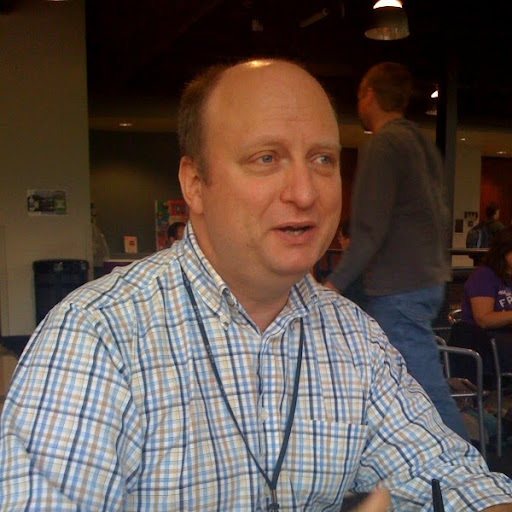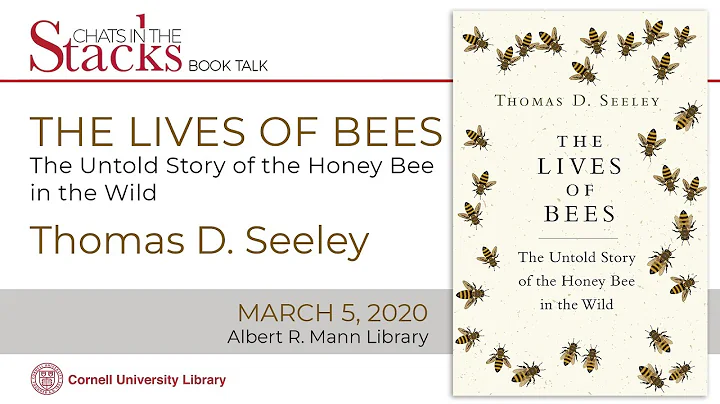Thomas A Seeley
age ~47
from Dickson, TN
- Also known as:
-
- Thomas Allen Seeley
- Thomas A Seely
- Tom Seeley
- Phone and address:
-
310 Bluebird Ln, Dickson, TN 37055
6153758416
Thomas Seeley Phones & Addresses
- 310 Bluebird Ln, Dickson, TN 37055 • 6153758416
- 713 5Th St, Dickson, TN 37055
- North Bellmore, NY
- Charlotte, TN
- Centerville, TN
- Lyles, TN
- Austin, TX
Lawyers & Attorneys

Thomas Seeley - Lawyer
view sourceOffice:
Seeley Law Office, L.L.C.
Specialties:
General Practice
Civil Litigation
Personal Injury
Real Estate
Business Organization
Municipal Law
Planning and Zoning
Bankruptcy
Matrimonial Mediation
Civil Mediation
Civil Litigation
Personal Injury
Real Estate
Business Organization
Municipal Law
Planning and Zoning
Bankruptcy
Matrimonial Mediation
Civil Mediation
ISLN:
915325137
Admitted:
1999
University:
Stetson University, B.A., 1996
Law School:
Widener University, J.D., 1999

Thomas Seeley - Lawyer
view sourceOffice:
The Seeley Law Firm
Specialties:
Civil Litigation
Creditors Practice
Criminal Law - Defense
Criminal Law - Prosecution
Criminal Litigation
Education
Family Law
General Practice
Government
Juvenile Law
Litigation - General Civil Practice
Local Government Practice
Personal Injury
Criminal Defense
Product Liability Law
Car Accidents
Tort & Personal Injury
DUI & DWI
Divorce & Separation
Creditors Practice
Creditors Practice
Criminal Law - Defense
Criminal Law - Prosecution
Criminal Litigation
Education
Family Law
General Practice
Government
Juvenile Law
Litigation - General Civil Practice
Local Government Practice
Personal Injury
Criminal Defense
Product Liability Law
Car Accidents
Tort & Personal Injury
DUI & DWI
Divorce & Separation
Creditors Practice
ISLN:
913739202
Admitted:
1997
University:
University of Tennessee at Knoxville, B.A., 1993
Law School:
University of Tennessee at Knoxville, J.D., 1997
Name / Title
Company / Classification
Phones & Addresses
SEELEY COMPUTER SERVICES, LLC
AEP ENERGY MANAGEMENT, LLC
Resumes

Thomas Seeley
view source
Thomas Seeley
view source
Thomas Seeley
view source
Thomas Seeley
view source
Thomas Seeley
view sourceLocation:
United States
Medicine Doctors

Thomas J. Seeley
view sourceSpecialties:
Family Medicine
Work:
Berger Family Medicine
299 Main St W, Ashville, OH 43103
7409832594 (phone), 7409833340 (fax)
299 Main St W, Ashville, OH 43103
7409832594 (phone), 7409833340 (fax)
Languages:
English
Description:
Mr. Seeley works in Ashville, OH and specializes in Family Medicine.
Isbn (Books And Publications)


The Wisdom of the Hive: The Social Physiology of Honey Bee Colonies
view sourceAuthor
Thomas D. Seeley
ISBN #
0674953762

Honeybee Ecology: A Study of Adaptation in Social Life
view sourceAuthor
Thomas D. Seeley
ISBN #
0691083916

Honeybee Ecology: A Study of Adaptation in Social Life
view sourceAuthor
Thomas D. Seeley
ISBN #
0691083924
News

Could A Bumblebee Learn To Play Fetch? Probably
view source- "It's hard to see how it's an analog to anything they do in nature," says Thomas Seeley, a biologist at Cornell University who has written books about bee behavior, including one on how honeybees make collective decisions.
- Date: Feb 24, 2017
- Source: Google

Flowers Communicate with Electricity
view source- Thomas Seeley, chairman of the Cornell University Department of Neurobiology and Behavior, is intrigued by the possibility that electric fields may facilitate rapid and dynamic communication between flowers and pollinators.
- Date: Feb 22, 2013
- Source: Google

Head Butts & Waggle Dances: How Honeybees Make Decisions
view source- "They then run a popularity contest with a dance party," said Thomas Seeley, a biologist at Cornell University and lead author of the new study. When a scout bee finds a potential nest site, it advertizes the site with a waggle dance, which points other scouts to the nests location. The bees
- Date: Dec 09, 2011
- Category: Sci/Tech
- Source: Google

Decision making by bee swarms mimics brains
view source- In previous work, Cornell biologist Thomas Seeley clarified how scout bees in a honeybee swarm perform "waggle dances" to prompt other scout bees to inspect a promising site that has been found. If it meets their approval, they, in turn, return to advertise the site with their own dances. Meanwhile,
- Date: Dec 09, 2011
- Category: Sci/Tech
- Source: Google

Bees choose by doing 'neuron' dance: study
view source- Now a US-British team led by Thomas Seeley of Cornell University in New York state has shown that honey bees act out this neuron dance when they are communicating with each other about where to set up their hive.
- Date: Dec 08, 2011
- Category: Sci/Tech
- Source: Google

Thomas Seeley
view source
Nicole Thomas Seeley
view source
Thomas Seeley
view source
Thomas Seeley
view source
Thomas Seeley
view source
Thomas M Seeley
view source
Thomas Seeley
view source
Thomas Seeley
view sourceYoutube
Plaxo

Thomas Seeley
view sourceClassmates

Thomas Seeley
view sourceSchools:
Thomas Walker High School Ewing VA 1986-1990
Community:
Karen Shaffer

Thomas Seeley
view sourceSchools:
South Stanly High School Norwood NC 1992-1996
Community:
Brian Almond, Ken Lowder, Shareva Carpenter, Helen Boone, Germain Snuggs, Felicia Russell, Celeste Holste, Nicole Smith, Kacie Richardson, Tonya Dennis, Rodney Deaton

Thomas Seeley | Marshall ...
view source
Thomas Seeley | King &...
view source
Kenton High School, Kento...
view sourceGraduates:
Thomas Seeley (1977-1981),
Darin Oldham (1985-1989),
Bonnie Kissling (1969-1973),
Natalie Clement (1999-2003),
Minor Clemons (1958-1962)
Darin Oldham (1985-1989),
Bonnie Kissling (1969-1973),
Natalie Clement (1999-2003),
Minor Clemons (1958-1962)

Marshall County High Scho...
view sourceGraduates:
THOMAS QUEEN (1964-1968),
jerry cornelius (1954-1958),
James Swords (1961-1965),
Thomas Seeley (1964-1968)
jerry cornelius (1954-1958),
James Swords (1961-1965),
Thomas Seeley (1964-1968)
Myspace
Flickr
Googleplus

Thomas Seeley

Thomas Seeley

Thomas Seeley

Thomas Seeley
Education:
Malden High School

Thomas Seeley
Get Report for Thomas A Seeley from Dickson, TN, age ~47













